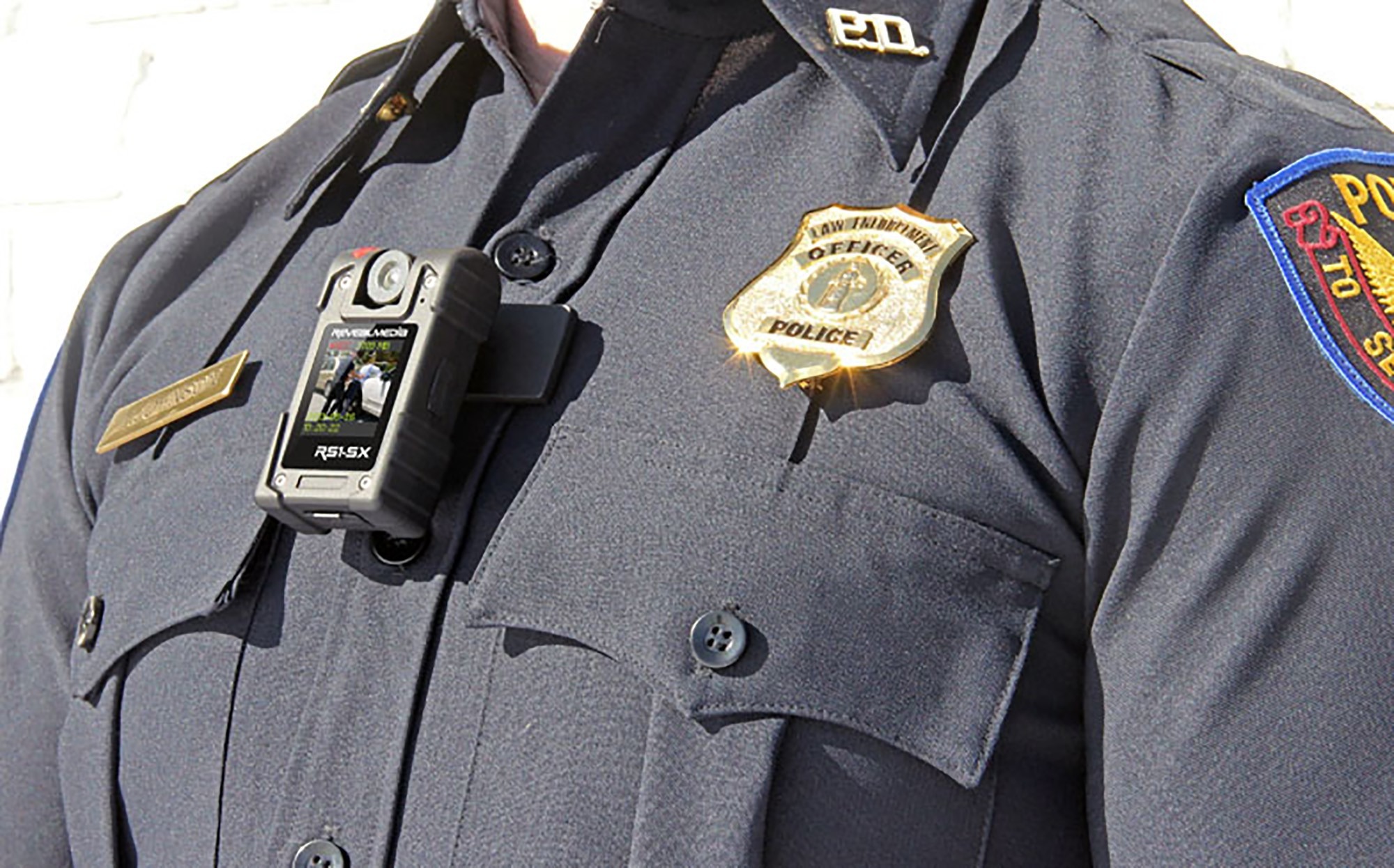Transparency is a must
Police body cameras are suppose to be a meaningful transparency tool, in which we should expect to see the videos of police shootings, the most serious exchanges between police and citizens. These videos should be consistently and timely shared with the public. Bad cops can still go to the police association and take the case to arbitration and get that officer rehired. Body cameras cannot be a transparency and accountability instrument without compulsory, reliable, and timely disclosure of footage from these critical interactions that involve deaths of civilians. Although the decision to release video footage within 60 days of police shootings helps, the time frame is too long to ensure justice. If McManus determines that video should not be released within 60 days, the policy calls for the public to be informed of the reasons why within 60 days of the incident. However, a concern that residents have is how long do officers have to review their own event? Answer: They can see it right away and hence the 60-day period seems to undo the stated transparency of the policy as they can have weeks to prepare some bogus excuse as to why they killed someone.
Within 60 days a lot can be done to come up with a false interpretation of the footage that could be used to give bad cops yet another opportunity to characterize a violation in softer terms to be argued in a corrupt arbitration process in their contract. According to a Texas Public Radio (TPR) article, “Texas state law allows departments to create their own procedures. The law requires police chiefs to craft ‘guidelines for public access, through open records requests, to recordings that are public information,’ while spelling out specific protections for officers, like ‘entitling an officer to access any recording of an incident involving the officer before the officer are required to make a statement about the incident.’” This is the problem, it protects bad cops.
Although footage should be made available, 60 days is too long given the history of SAPOA and their ability to allow bad cops to remain on the force. Sixty days gives bad cops a longer window, if the full 60 days are granted by the police chief, to get their story straight, confer with attorneys, and turn an obvious violation into another contrived interpretation of the shooting. It would give more time for bad officers and the SAPOA to verbally doctor what the video actually shows with false characterizations of the footage. Then they can convince an out of town arbitrator to believe a phony excuse for the violation.
Timely release of the video(s) and other reports is in the best interests of democracy and justice. A better way to share accountability, given the nature of the SAPOA one sided contract that favors bad cops, should have been a 30-calendar day maximum release policy and an immediate release of 72 hours. According to Dominic Anthony Walsh in the same TPR Report, “But even if body cam footage does capture wrongdoing — even if the footage is released and the officer is fired — the mandatory arbitration process remains officer-friendly. Even with public outrage and a termination based on concrete evidence, officers may well be un-fired through the arbitration process. This is why Chapters 143 and 174 must be repealed. With this new policy it does not address the fact that it has been over 90 days since the killing footage of Darrell Zemault Sr. has not been released, and officers stood around as one of them asked if “everyone was ok,” the meaning of that can be an old killing practice to see if someone is going to break and tell what really happened.









